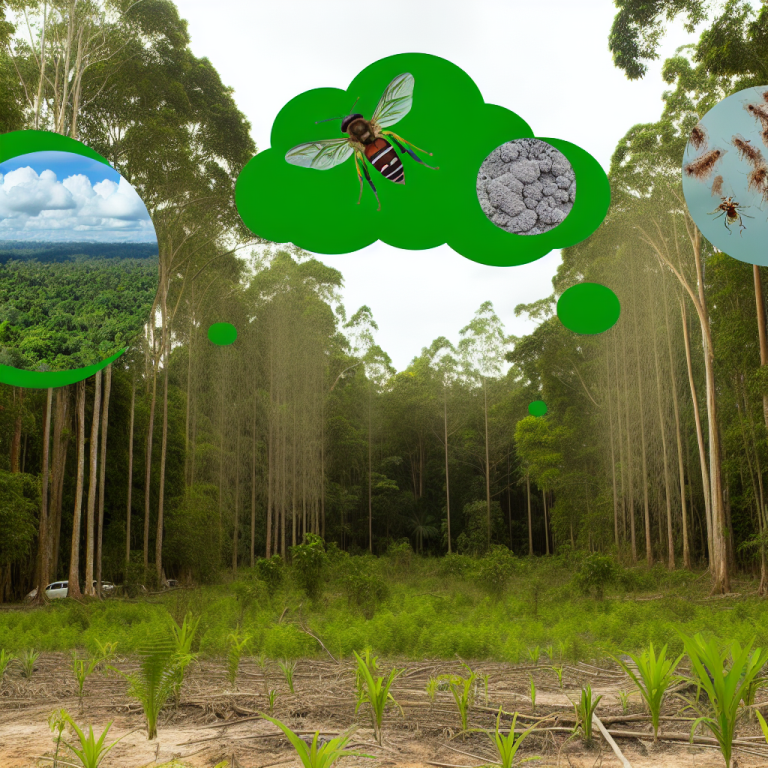Ozone, a commonly overlooked air pollutant, has been found to have detrimental effects on plant, insect, and soil microbial communities, posing a significant threat to terrestrial ecosystems and biodiversity. In a recent review of the impact of elevated tropospheric ozone concentrations, it was highlighted how ozone affects various components of terrestrial ecosystems.
One of the key findings of the review was the effect of ozone on plant communities. Elevated ozone levels were found to alter the composition and diversity of plant communities by affecting key physiological traits. This has a ripple effect on plant-plant competition, plant-insect interactions, and the composition of insect communities. Additionally, ozone disrupts plant-soil-microbe interactions by altering root exudation, soil enzymatic activities, decomposition, and nutrient cycling. As a result, the community composition of soil microbes is changed, and alpha diversity is often reduced.
The effects of ozone on terrestrial ecosystems are not uniform and vary across different regions. The review suggests that certain regions such as Atlantic islands in the Northern Hemisphere, the Mediterranean Basin, equatorial Africa, Ethiopia, the Indian coastline, the Himalayan region, southern Asia, and Japan are at high risk of ozone-induced biodiversity loss by the year 2100.
Ground-level concentrations of ozone have increased significantly over the past century due to the rise in nitrogen oxides, volatile organic compounds, and radical precursors. While efforts have been made to reduce precursor emissions, O3 concentrations are projected to remain high throughout the 21st century. This raises concerns about the phytotoxicity of ozone and its potential impact on terrestrial biodiversity at various trophic levels.
Despite advancements in understanding the physiological mechanisms of individual plant responses to ozone, there is still a lack of knowledge regarding the effects on entire communities and ecosystems. Identifying the plant mechanisms that may influence the structure and function of plant communities, as well as interactions with insect and soil communities in ozone-polluted atmospheres, remains a challenge. The review emphasizes the need for further research to explore the effects of ozone on the functioning and biodiversity of terrestrial ecosystems.
In conclusion, the detrimental effects of ozone on plant, insect, and soil microbial communities pose a significant threat to terrestrial ecosystems and biodiversity. With ozone levels projected to remain high in the coming years, it is crucial to understand and address the impact of ozone pollution on our planet’s ecosystems. Further research and conservation efforts are needed to mitigate the effects of ozone on terrestrial biodiversity and ensure the health and sustainability of our planet’s ecosystems.




